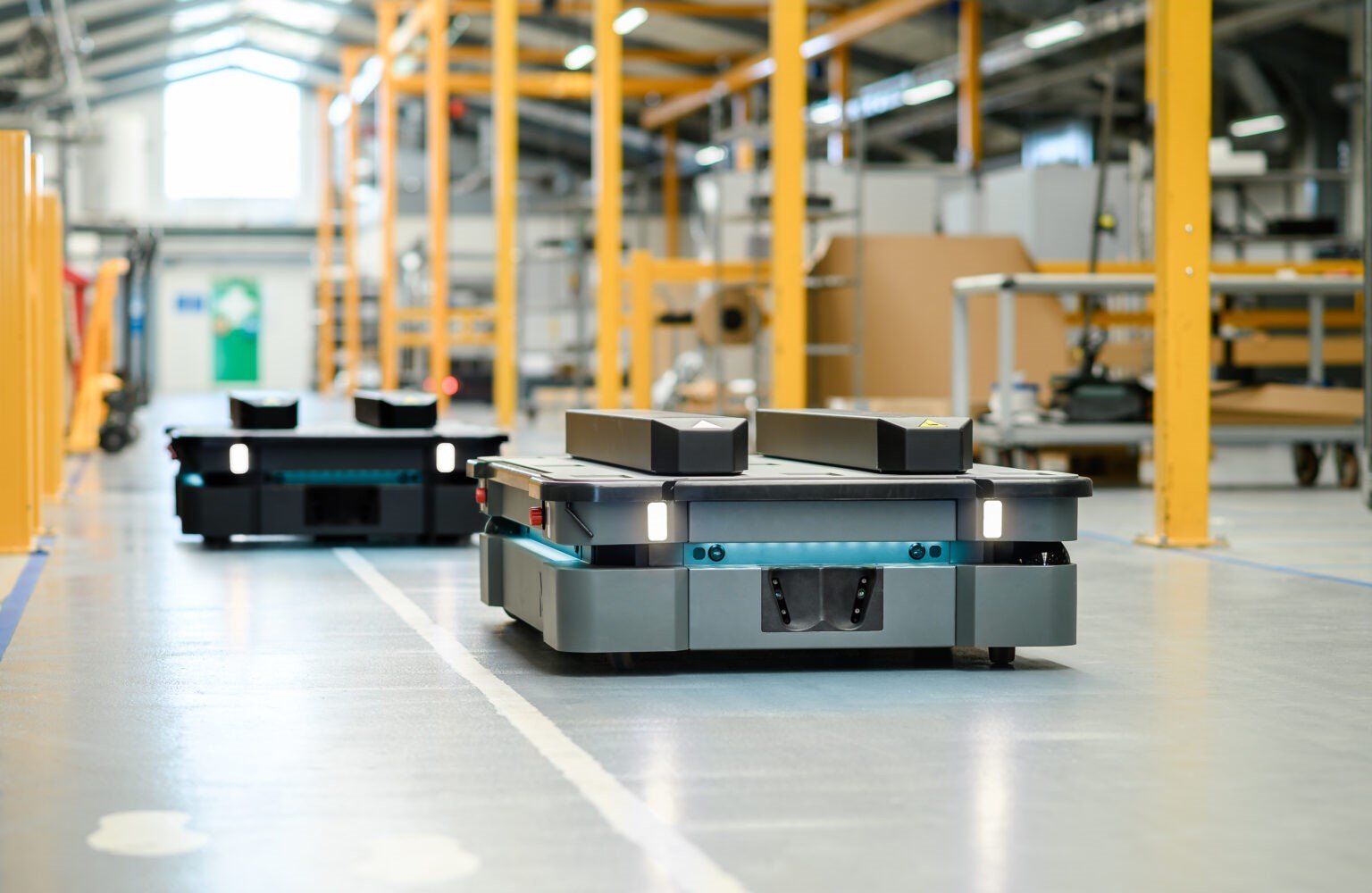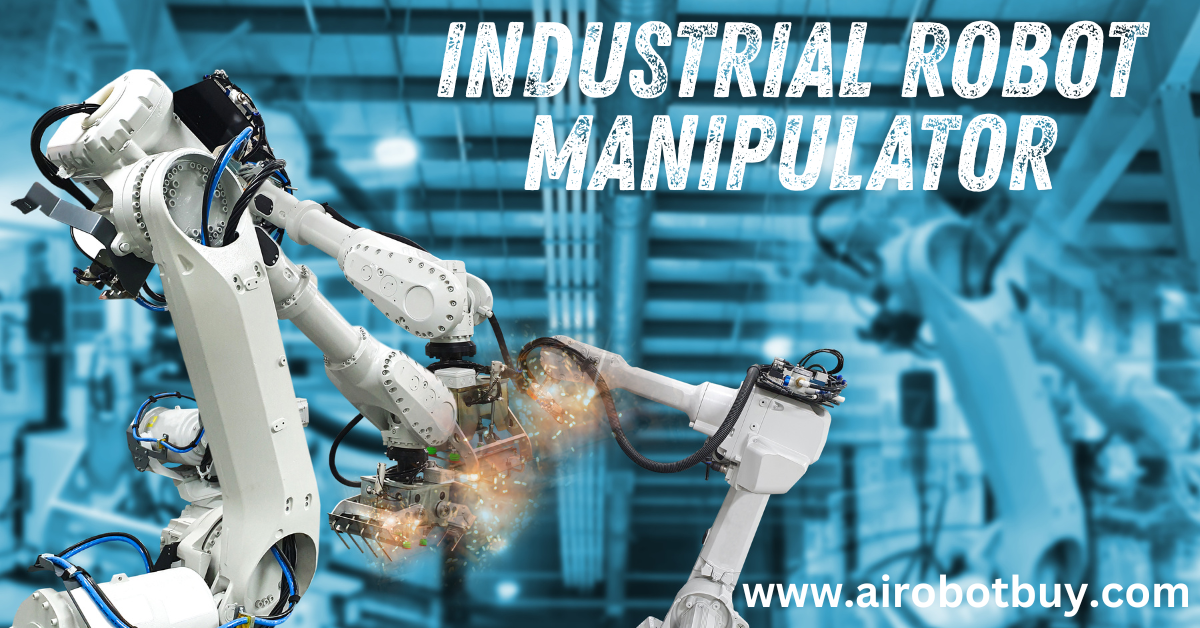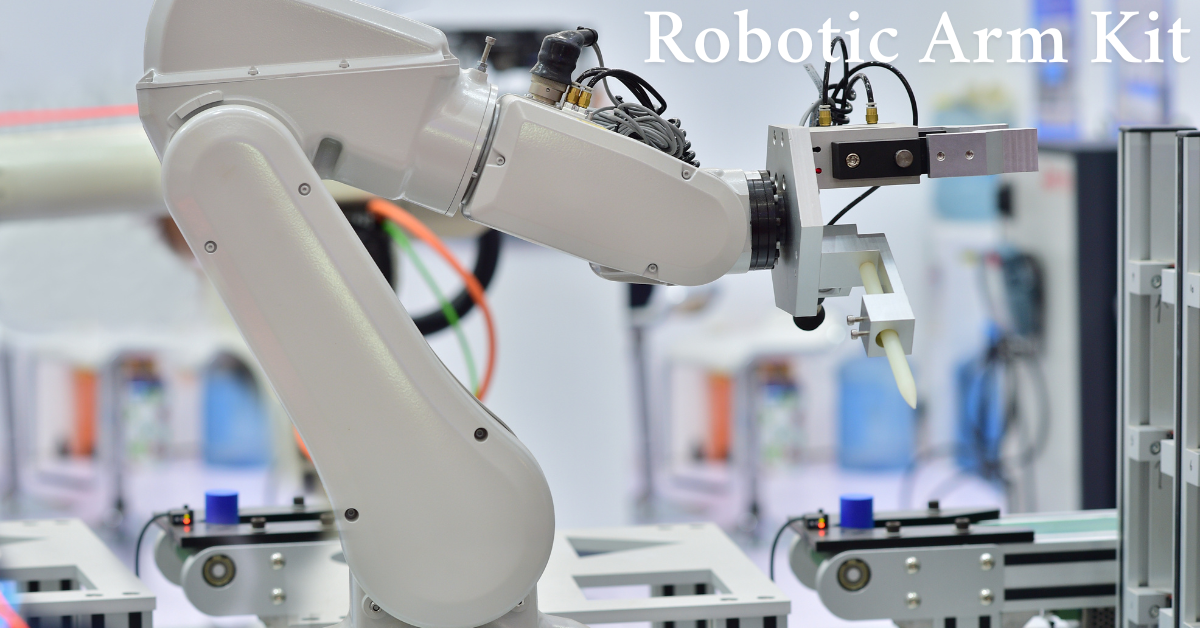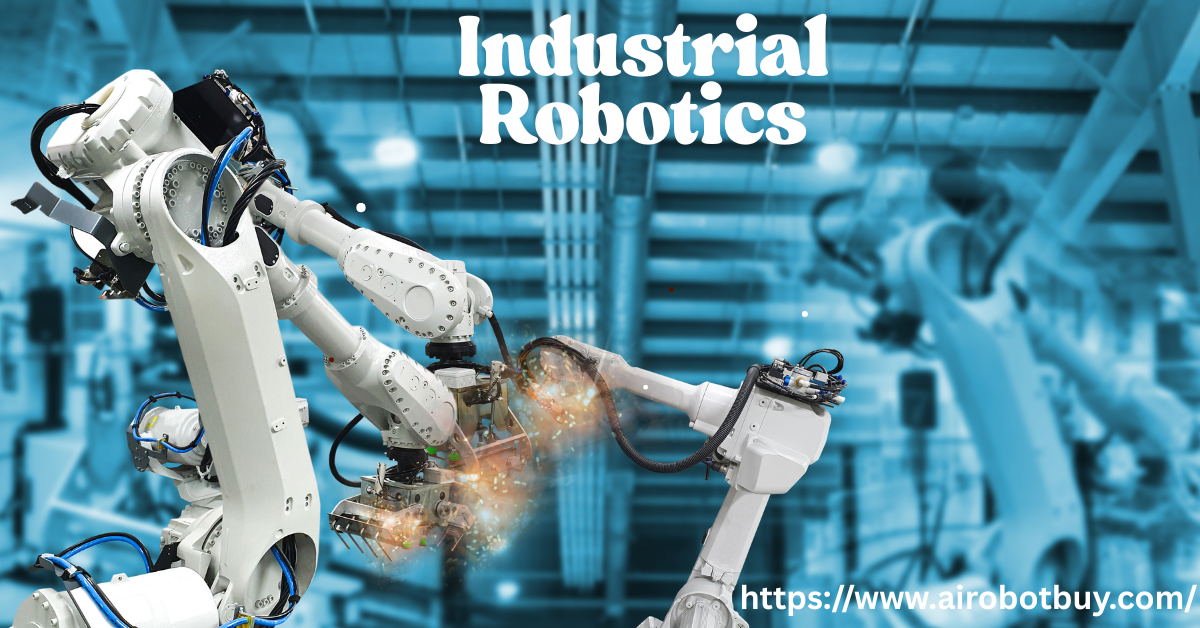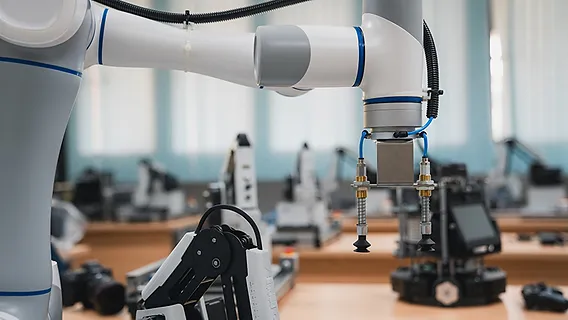Autonomous Mobile Robots (AMRs) are reshaping industries by offering advanced automation solutions. These robots navigate dynamically without fixed paths, making them ideal for warehouses, factories, and hospitals. This article explores the functionality, applications, benefits, and challenges of AMRs.
What Are Autonomous Mobile Robots (AMRs)?
AMRs are intelligent robots capable of independently moving and performing tasks in dynamic environments. Unlike Automated Guided Vehicles (AGVs), which rely on predefined routes, Autonomous Mobile Robots use sensors, AI, and machine learning to make real-time decisions.
Key Features of Autonomous Mobile Robots
- AI and Machine Learning – AMRs learn from their surroundings and optimize routes.
- Advanced Navigation – Utilize LiDAR, cameras, and SLAM (Simultaneous Localization and Mapping) to move efficiently.
- Obstacle Avoidance – Detect and avoid obstacles for safe operation.
- Scalability – Easily integrated into existing workflows.
- Cloud Connectivity – Enables remote monitoring and control.
Applications of AMRs
1. Warehousing and Logistics
- Transporting goods across warehouses.
- Automating order picking and packing.
- Enhancing supply chain efficiency.
2. Manufacturing and Industrial Automation
- Delivering materials to production lines.
- Assisting in just-in-time (JIT) manufacturing.
- Reducing human intervention in repetitive tasks.
3. Healthcare and Hospitals
- Delivering medical supplies and lab samples.
- Assisting in sanitation and disinfection tasks.
- Improving efficiency in patient care.
4. Retail and E-commerce
- Streamlining inventory management.
- Enabling automated restocking.
- Improving order fulfillment processes.
5. Agriculture and Farming
- Monitoring crops and livestock.
- Assisting in precision farming.
- Reducing labor-intensive activities.
Benefits of AMRs
- Increased Efficiency – Automate repetitive tasks, reducing human workload.
- Enhanced Safety – Minimize workplace accidents by reducing human involvement in hazardous areas.
- Cost Savings – Reduce labor costs and improve operational productivity.
- Flexibility and Adaptability – Autonomous Mobile Robots can adjust to new tasks and environments without major infrastructure changes.
- Data Collection and Analytics – Gather real-time data for optimizing workflows.
Challenges and Limitations
- High Initial Investment – Costs associated with deployment can be significant.
- Complex Integration – Requires adapting existing systems for seamless operation.
- Battery Life and Energy Consumption – Continuous operation demands advanced power management solutions.
- Security and Cyber Risks – Cloud-connected robots require robust cybersecurity measures.
Future of AMRs
- Enhanced AI and Automation – Smarter decision-making for improved efficiency.
- 5G and IoT Integration – Faster communication and real-time data processing.
- Collaborative Robotics (CoBots) – Working alongside human employees.
- Autonomous Swarm Robotics – Multiple AMRs coordinating tasks efficiently.
- Sustainable and Energy-efficient Solutions – Developing eco-friendly AMRs.
Conclusion
AMRs are revolutionizing automation across multiple industries, improving efficiency, safety, and productivity. As technology advances, AMRs will continue to evolve, offering even more intelligent solutions for logistics, healthcare, and beyond.
Stay tuned for our next article on Robotic Arms and Their Role in Precision Manufacturing!


















